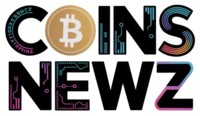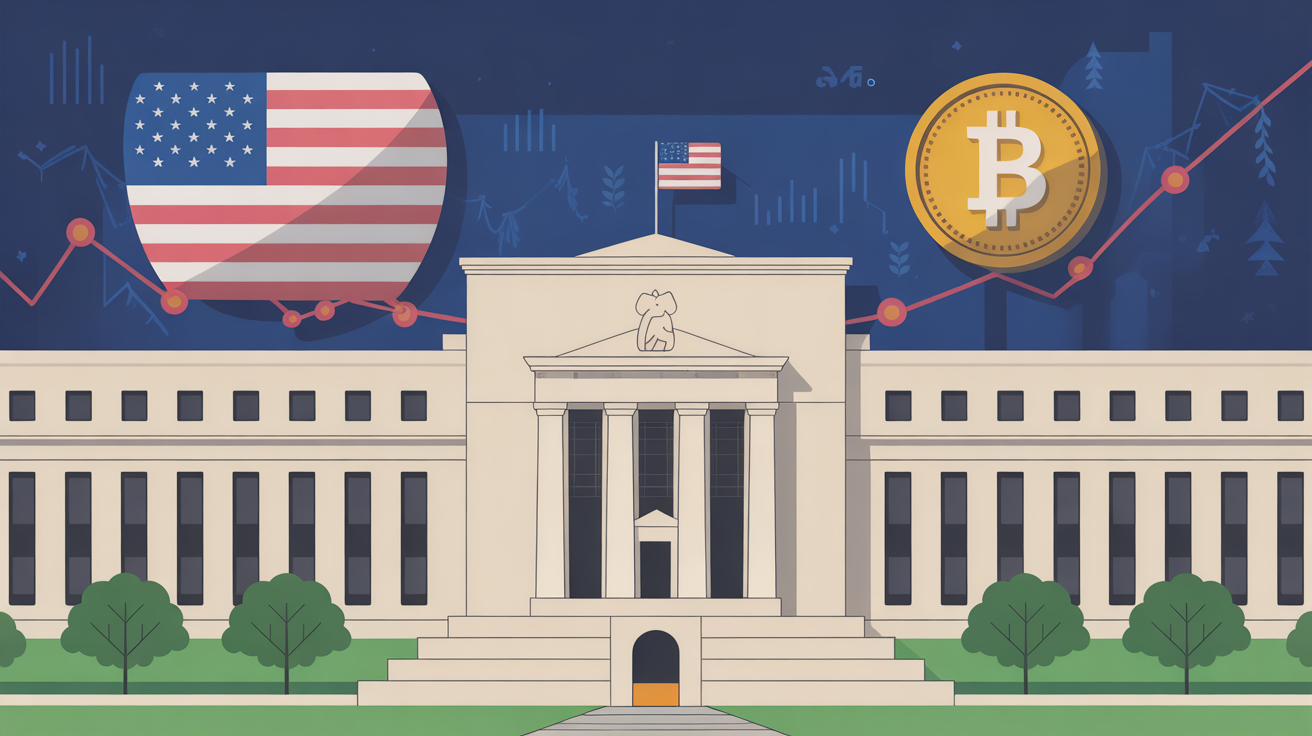Shutdown Uncertainty Puts Fed’s Oct. 29 Decision in Spotlight as Markets Hit Records
Markets are on edge ahead of the Federal Reserve’s Oct. 29 policy meeting, as an ongoing U.S. government shutdown delays critical economic data and clouds the inflation outlook — leaving both stocks and crypto exposed to policy surprises.
Data Blackout Raises Policy Risks
The partial federal shutdown that began on Oct. 1 has frozen operations at the Bureau of Labor Statistics, halting publication of the September jobs report — a key gauge of U.S. labor market health.
This data gap forces the Fed to make its next rate decision without visibility into wage growth and employment trends, heightening uncertainty around the path of interest rates.
The FOMC is scheduled to meet on Oct. 28–29, with its decision due immediately after.
Markets Extend Gains Despite Data Freeze
Risk assets continue to rally despite the information void.
- Gold closed at $3,886 per ounce, up 48% year-to-date, supported by heavy central bank buying and investor demand amid global inflation concerns.
- Bitcoin traded around $123,196, near its all-time high of $125,506, bolstered by ETF inflows and institutional demand.
- The Dow Jones and S&P 500 both ended the week at fresh records — 46,758.28 and 6,715.79, respectively — as traders priced in continued Fed easing.
The rally reflects broad expectations of additional rate cuts and investor positioning against persistent global inflation.
Market Bets Heavily on 25 bps Cut
Futures markets remain firmly aligned with a 25 basis-point rate cut.
The CME FedWatch Tool shows a 96.2% probability of a 25 bps reduction, while Polymarket assigns a 90% likelihood of the same move.
Still, the Fed’s limited access to real-time data may prompt some policymakers to argue for caution — or even a temporary pause — to avoid cutting rates prematurely in the face of sticky inflation.
Shutdown Adds to Economic Ambiguity
The shutdown itself presents additional downside risks, with furloughed workers, potential lost output, and reduced spending. Yet without concrete data, the extent of its economic drag remains unclear.
Fed officials are likely relying on private-sector indicators — including ADP employment data and regional manufacturing surveys — to gauge inflation trends. If these show signs of slowing, the expected 25 bps cut will likely go ahead; stronger readings could alter the calculus.
Should the shutdown end before mid-October, a delayed September jobs report might still reach policymakers before the meeting.
50 bps Cut Unlikely as Inflation Persists
Analysts largely rule out a 50 bps reduction, as service-sector inflation and wage pressures remain well above the Fed’s 2% target.
A larger cut could signal premature easing — a move Chair Jerome Powell has repeatedly warned against.
Investor Strategies for a Surprise Pause
With markets nearly fully priced for easing, even a modest deviation could spark volatility across risk assets.
Analysts suggest:
- Hedging with puts on Bitcoin and equity indices.
- Reducing leverage in high-beta assets.
- Rotating into gold or Treasuries as safe havens.
- Using volatility ETFs to capture market swings.
Institutional desks are already positioning defensively, while retail investors have similar low-cost tools to manage downside risk.
Bottom Line
The Fed’s Oct. 29 decision may appear straightforward on paper — but with key labor data missing and inflation still sticky, the risk of a surprise pause is rising.
Markets may be underestimating just how unpredictable this FOMC meeting could be.
Share this content:




